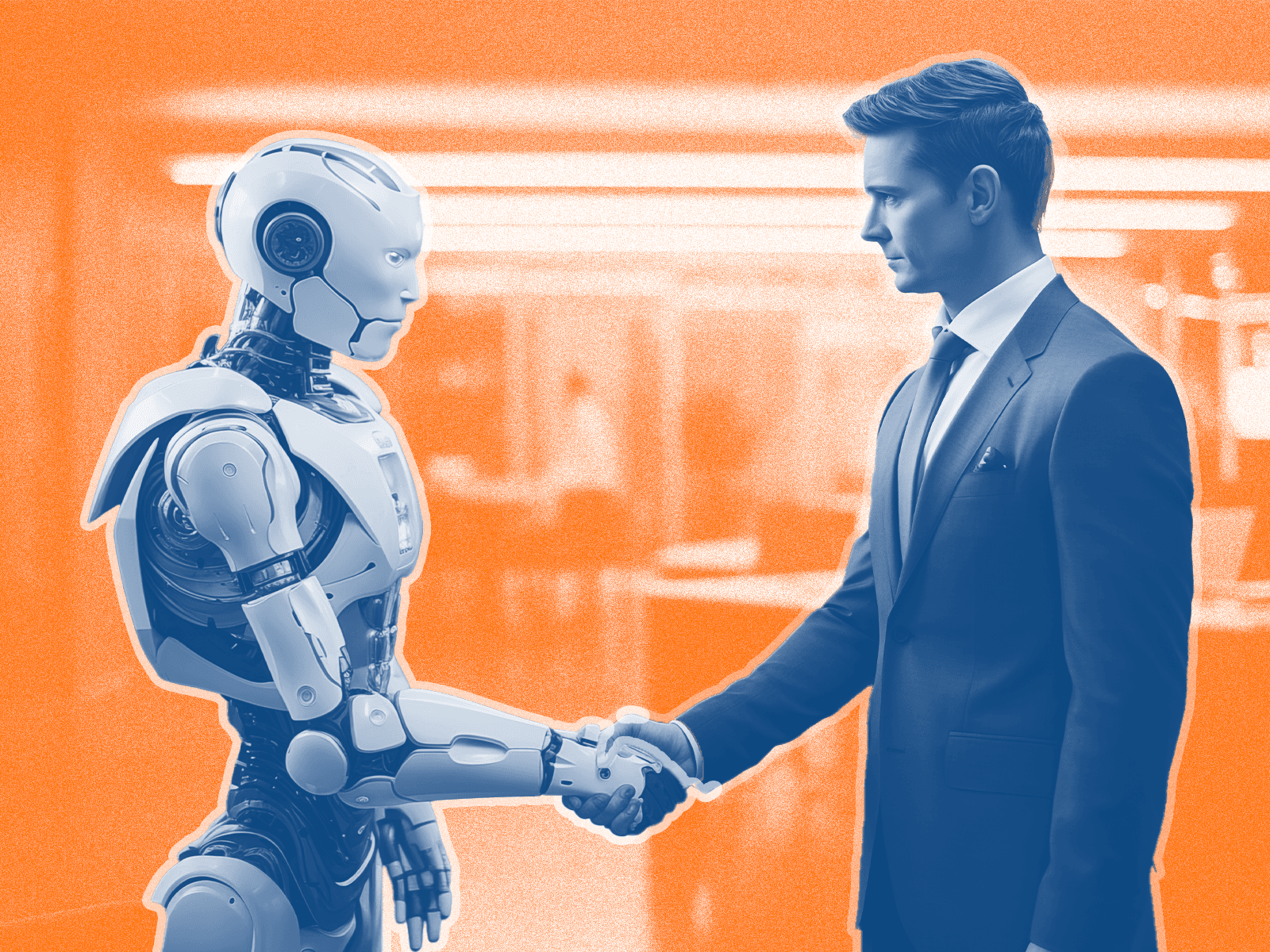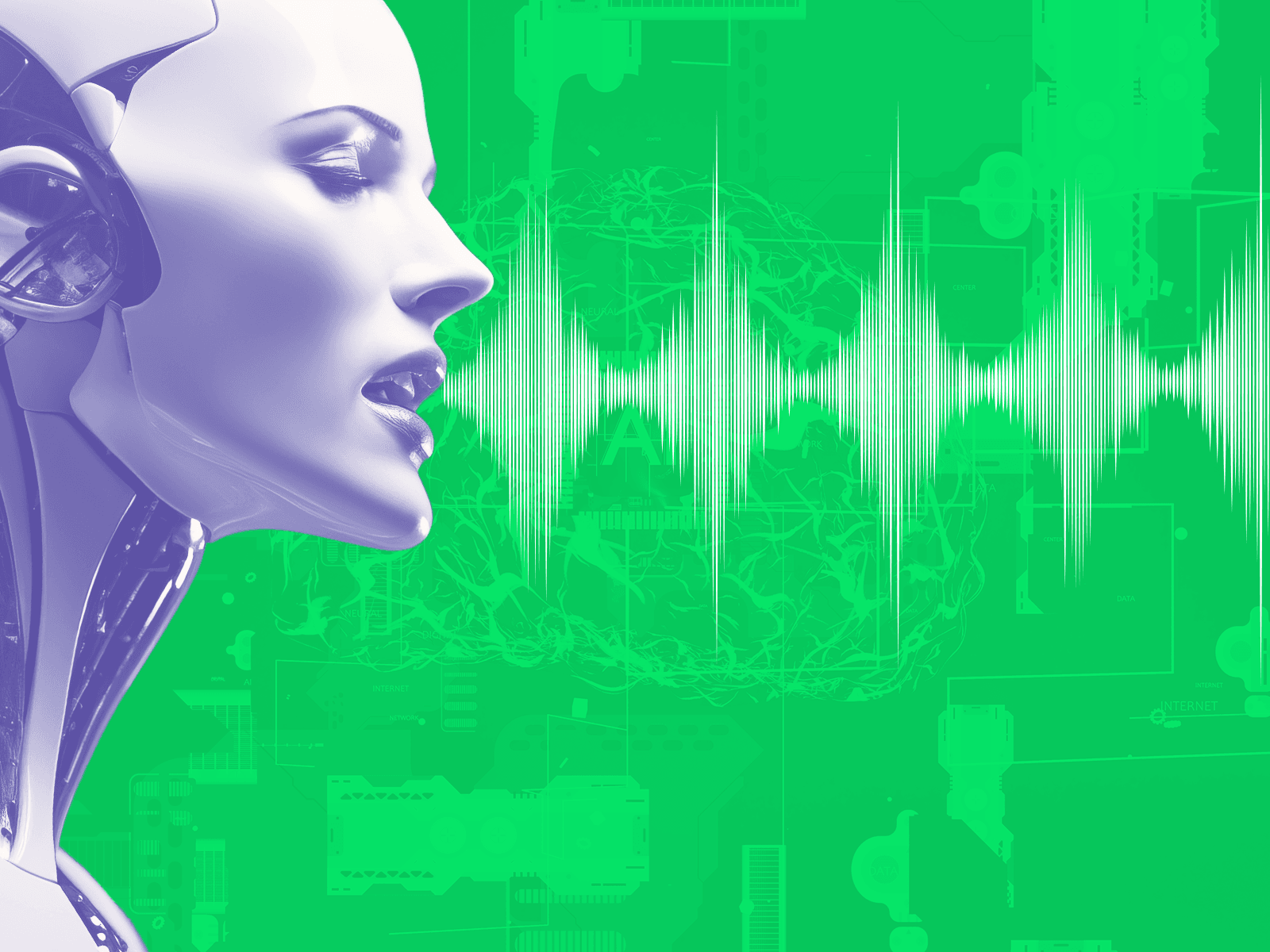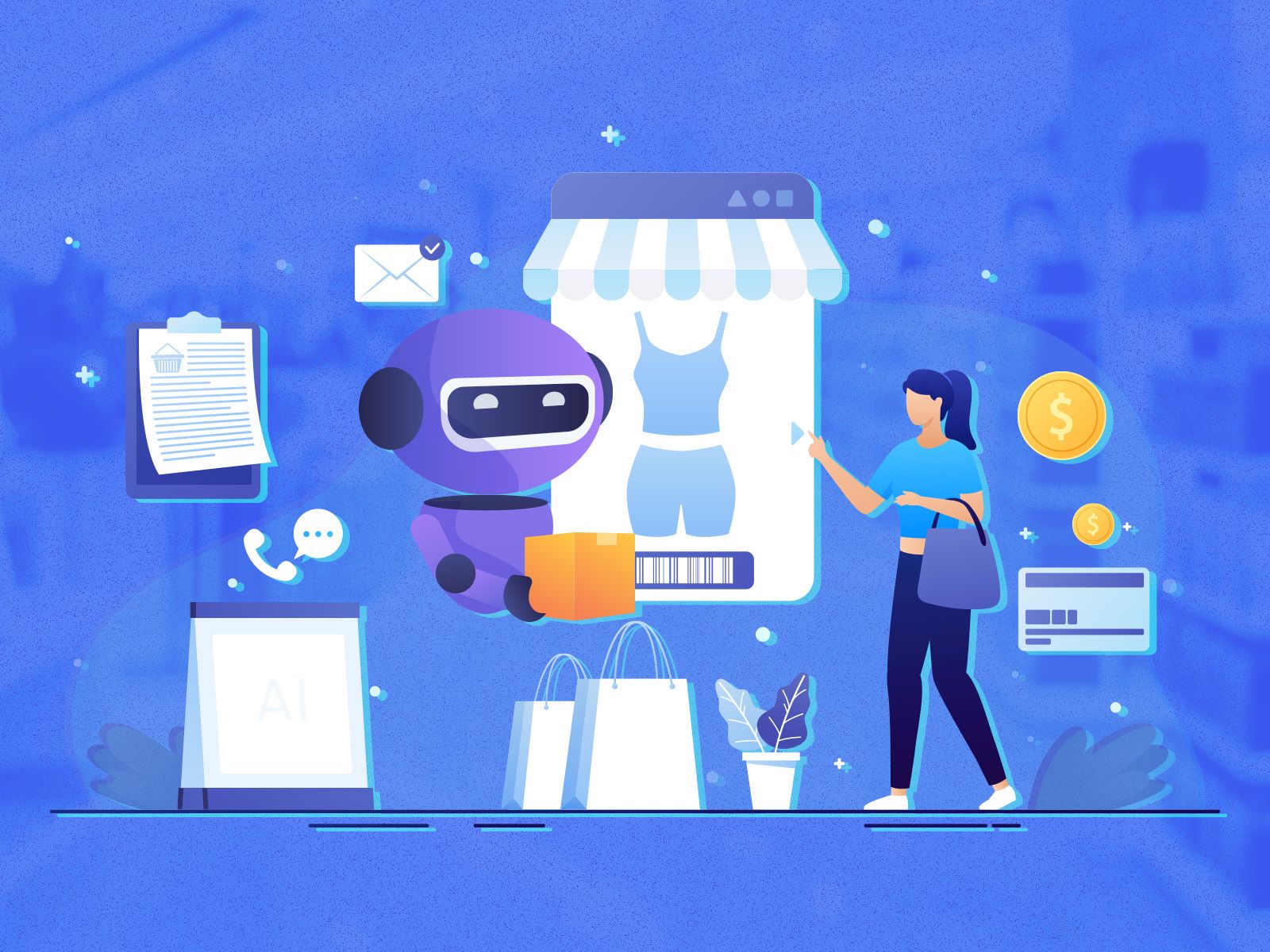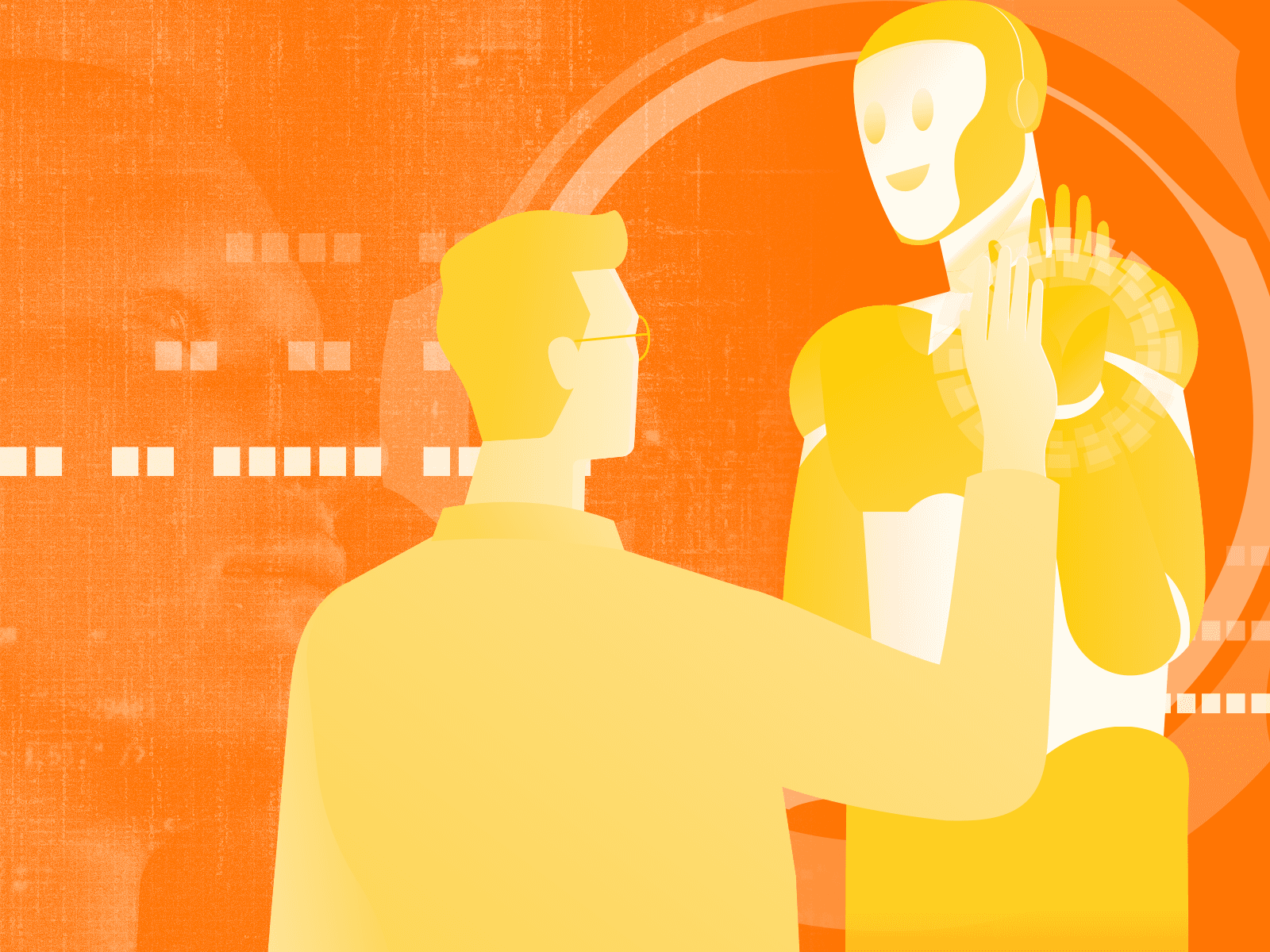How Bias Creeps into AI Systems and What We Can Do About It

Illustration: © AI For All
Artificial Intelligence (AI) is rapidly transforming various aspects of modern life, including healthcare, finance, transportation, and many others. While AI has the potential to revolutionize our world for the better, it also has some serious pitfalls. One of the majors is the development of bias in AI systems. Bias in AI can lead to unfair treatment of individuals or groups and ultimately perpetuate discrimination and inequality in deeper manners than ever seen. In this article, we will explore how bias can develop in AI and the potential consequences of such. Additionally, we will provide some recommendations for preventing it.
How Bias Develops in AI
Artificial Intelligence is only as good as the data it gets fed. Therefore, if the data is biased, the AI will also be biased. Bias in AI is developed when the data that is fed into the machine learning algorithm is not representative of the entire population. Unfortunately, it can happen more often than we’d like.
Machine learning algorithms are designed to learn from data, so the quality and quantity of the data fed into the algorithm are critical. The more data the algorithm receives, the more accurate its predictions become.
The algorithm then analyzes and processes the data to identify patterns, relationships, and other insights. Once it has learned from the data, the algorithm can apply its understanding to new data sets to make predictions or decisions.
However, what if the data that feeds the machine learning is not illustrative of the whole population, or what if the labeling is inaccurate? This can lead to bias and inaccuracies in the algorithm’s predictions. If an algorithm is trained on data that primarily represents one race or gender, it may not accurately represent the entire population.
For example, if an AI algorithm is trained using data that only includes white male subjects, the algorithm will likely produce biased results when applied to other populations, such as women or people of color.
This is because the AI will not have enough exposure to the unique characteristics and experiences of these groups. Similarly, if the data is labeled incorrectly, the algorithm will learn incorrect patterns, which can result in biased decision-making.
Therefore, it’s essential to ensure that the data used in machine learning is representative and accurately labeled to prevent bias and inaccuracies.
Additionally, bias can also develop when the creators of the AI algorithms are biased themselves. For instance, if the programmers are not aware of their own implicit biases, these biases may manifest in the AI system they create. This can lead to the perpetuation of stereotypes and discrimination in the algorithm.
Outcomes of AI with Bias Embedded
The consequences of bias in AI can be severe. For example, an AI system used for hiring candidates may discriminate against qualified candidates based on their gender or race. Similarly, an AI algorithm used in the criminal justice system may unfairly label certain groups as high-risk and lead to harsher sentencing. In the healthcare industry, an AI system that is biased against certain demographics could lead to inaccurate diagnoses and treatment plans.
One example is Amazon’s AI recruitment tool, which was trained using resumes submitted over 10 years. The algorithm learned to penalize resumes containing keywords associated with women, such as “women’s,” and downgraded resumes of graduates from women’s colleges.
In another case, a facial recognition system used by law enforcement was found to be biased against people of color, leading to false identifications and arrests. These examples highlight the importance of addressing bias in AI systems to ensure that they are fair and equitable for all.
How To Prevent Bias From Creeping Into AI
There are several ways to prevent bias in AI. Firstly, it is important to ensure that the data used to train AI systems is representative of the entire population. This can be achieved by collecting data from diverse sources and including a range of individuals from different backgrounds and demographics. Additionally, AI programmers should also be aware of their own implicit biases and take measures to mitigate them.
Another way to prevent bias in AI is to implement ethical guidelines and standards for AI development. This can include establishing diverse teams to develop and test AI systems, conducting regular audits of AI algorithms, and requiring transparency in the decision-making process of the AI system.
It is crucial to prioritize diversity and inclusion in the AI industry. This includes promoting diversity in hiring, providing equal opportunities for all, and promoting a culture of openness and inclusivity. By doing so, we can ensure that AI systems are developed and used in a fair and equitable manner.
The Power to Transform vs. Perpetuate
In conclusion, while AI has the potential to transform our world for the better, it also has the potential to perpetuate discrimination and inequality. Therefore, it is essential to take measures to prevent bias in AI systems and keep an eye on it in every step of machine learning.
By promoting diversity, inclusivity, and ethical guidelines, we are closer to ensuring that AI systems are developed and used in fairly and equitably.
AI Bias









